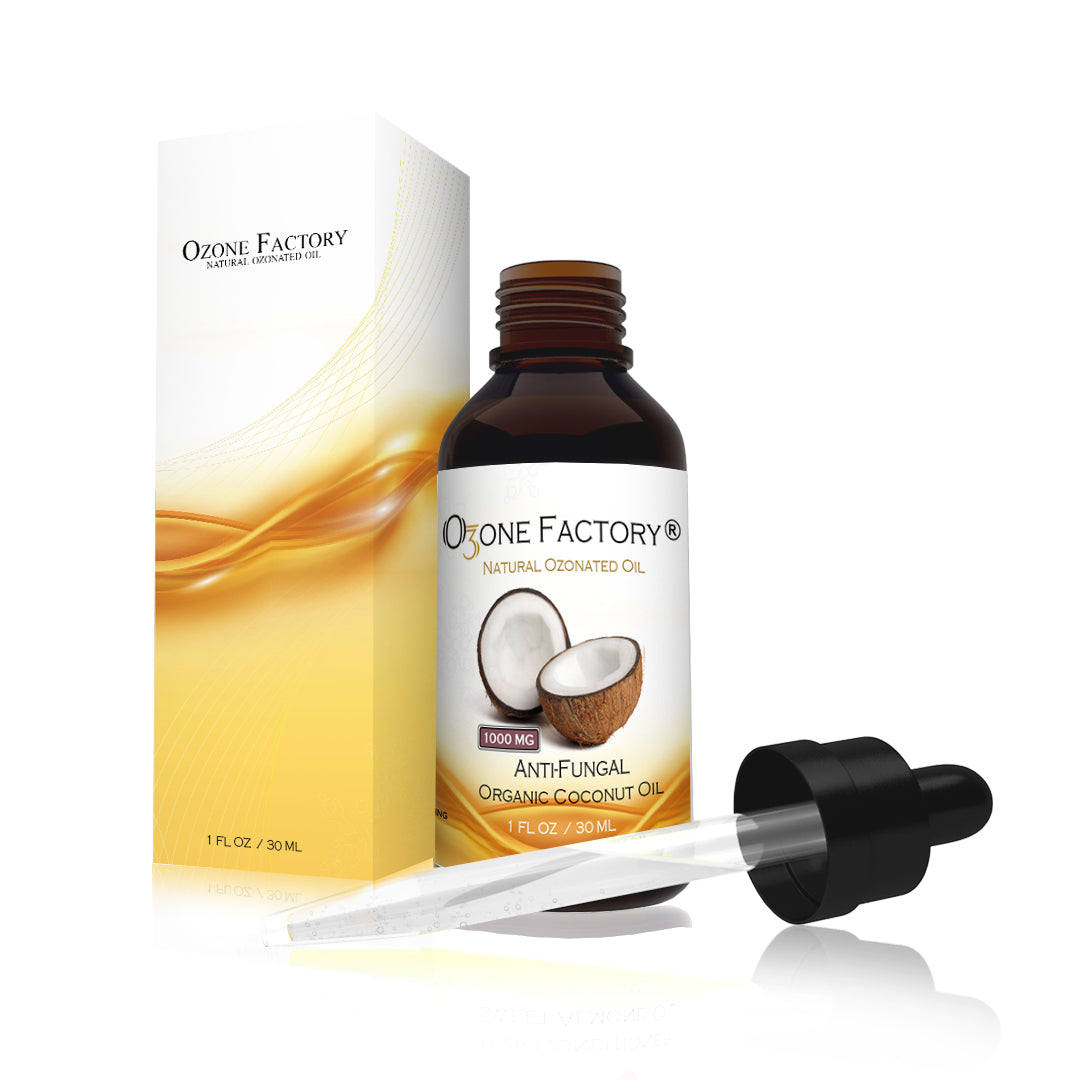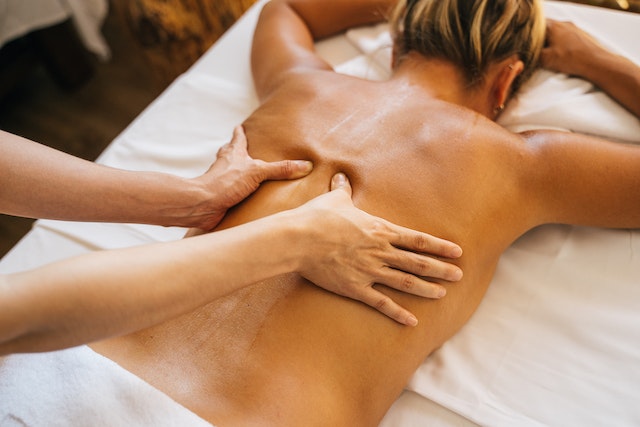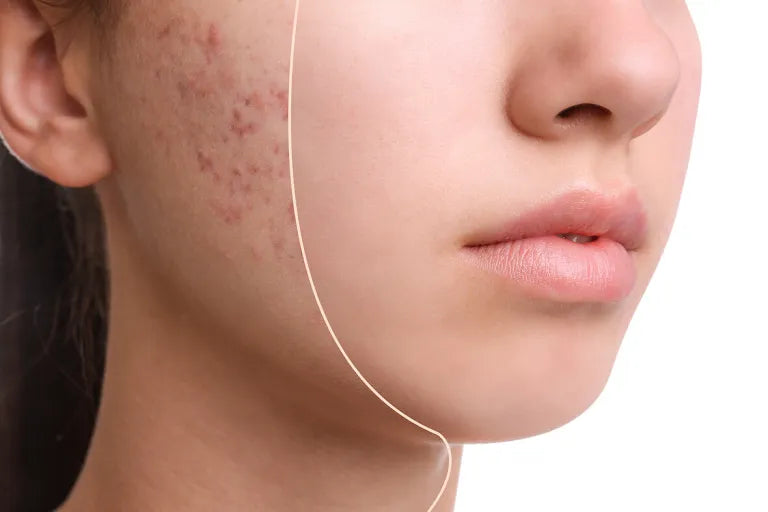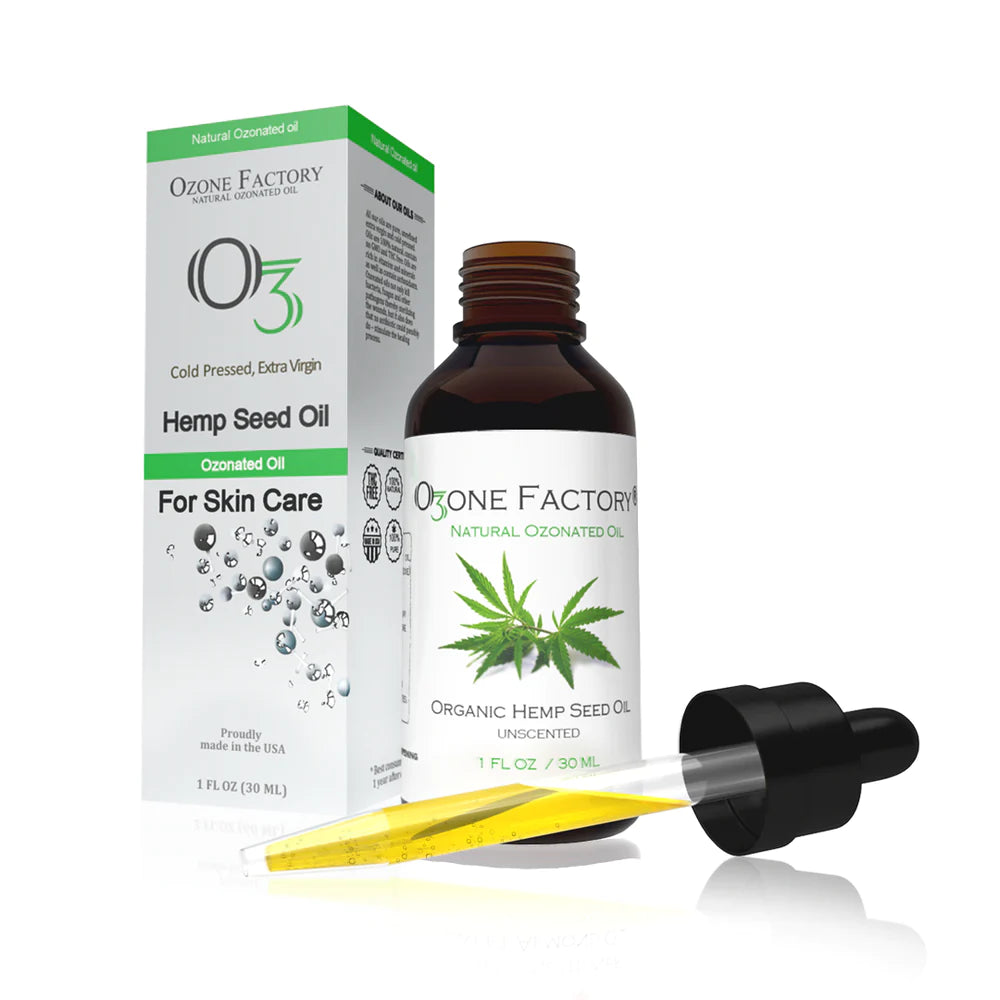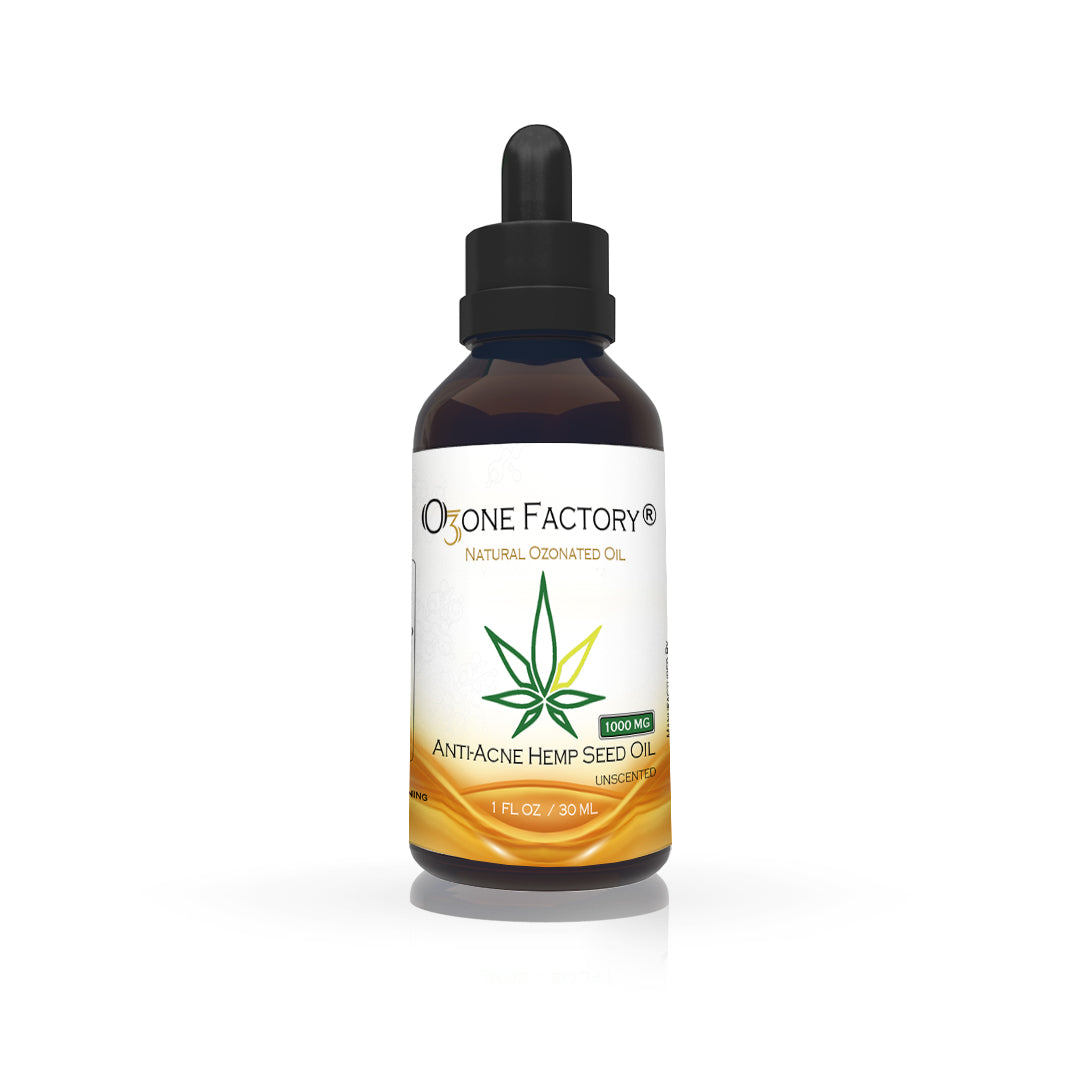
Causes
There are two types of acne: inflammatory acne and non-inflammatory acne. Most people who have acne have some form of non-inflammatory acne—with the most common comedones being whiteheads and blackheads. You may have comedones on your back, chest, shoulders, and buttocks too; these regions are particularly prone to inflammatory acne because they contain more sebaceous glands than other parts of the body.
Inflammatory acne breakouts occur when oils, dead skin cells, and bacteria build up in your sebaceous glands. The body interprets this buildup as an infection, so it sends white bloods cells to fight against it. Deep in your skin tissue, cysts can form and become red, tender, and inflamed as they try to push through the skin. The resulting pustules, papules, nodules, and other comodones can be tender and harder to get rid of. Sometimes, they can leave scars.

Acne Mechanica
Tight clothing, sports equipment, and other gear may trigger your body breakouts. When rubbing or pressure on the skin, combined with heat or sweat, irritates and inflames follicles, it causes a specific type of acne called acne mechanica.
If at all possible, try to avoid sources of friction while you're trying to heal body acne, including:
- Tight-fitting clothing
- Too-snug collars
- Backpacks
- Purse straps
- Athletic pads or gear.
Tips to help control and prevent body acne
1. Wear natural fibers.
Avoid scratchy, itchy or tight fabrics and choose fabrics that are breathable, like cotton. This helps keep skin free from congestion caused by trapped sweat, dead skin cells, excess oil and bacteria. Fabrics that are specifically engineered to wick moisture away from the skin are also helpful, especially during exercise.
2. Shower after perspiring.
Letting sweat linger promotes an acne-friendly environment on your skin. If you can’t shower right away, apply a product that contains Salicylic Acid to help purify and clear skin of excess oils. Existing breakouts may also benefit from a Salicylic Acid spot treatment.

3. Exfoliate
Acne-prone skin tends to shed more skin cells, which can clog pores and cause acne if they aren’t removed. Exfoliate with a gentle body scrub at least once or twice a week to help prevent acne. Avoid scrubs that use nuts, pits or shells as they can create tiny abrasions in the skin.
4. Moisturize
The skin naturally moisturizes itself with sebum (oil), but when your body’s moisture levels are off balance, your skin can overproduce oil to compensate. Moisturize daily with a non-comedogenic moisturizer to help prevent this.

5. Clean your cell phone daily.
Your cell phone harbors more bacteria than you know! Even if you don’t hold it against your face, you touch it with your hands, which then touch your face and spread breakout-causing bacteria. Clean it daily with an anti-bacterial wipe.
6. Wash your pillowcase.
Your pillowcase can collect oil, skin cells, bacteria and pore-clogging residue from hair products – all things that contribute to acne. Wash it at least once or twice a week help reduce congestion. Also, avoid using fabric softener or dryer sheets, which are often made with softening agents that can clog pores or irritate sensitive skin.
Treatments based on ozone therapy

Nowadays, dermatovenereology and dermatocosmetology are the fields of medicine where ozone therapy is widely used in the form of parenteral methods of introduction, treatment of damaged areas with O2/O3 gas mixtures and ozonized external remedies, in particular ozonized olive oil. High ozone concentrations are indicated for bactericidal and mycocidal action, low ozone concentrations - for inactivation of viruses and immunomodulating effects.
Nowadays, ozonized olive oil has a hygienic certificate and is a remedy for cosmetic care. Its production requires lengthy perfusion of O2/O3 gas mixture with high ozone concentrations through a column of olive oil. As a result of reaction between ozone and unsaturated fatty acids it comes to formation of peroxides characterized by low reactivity. While gaseous ozone exerts an instant bactericidal effect, the effect of ozone-related oily products can last for many hours.The use of ozonized olive oil in the treatment of different pyodermas is proved by in vitro investigations of its bactericidal activity.

Conclusion
Ozone therapy is an efficacious, safe, and cost-effective treatment option for body acne. Ozone therapy reduces the number of lesions, pain, drainage, and resolution time while reducing the associated pain.


